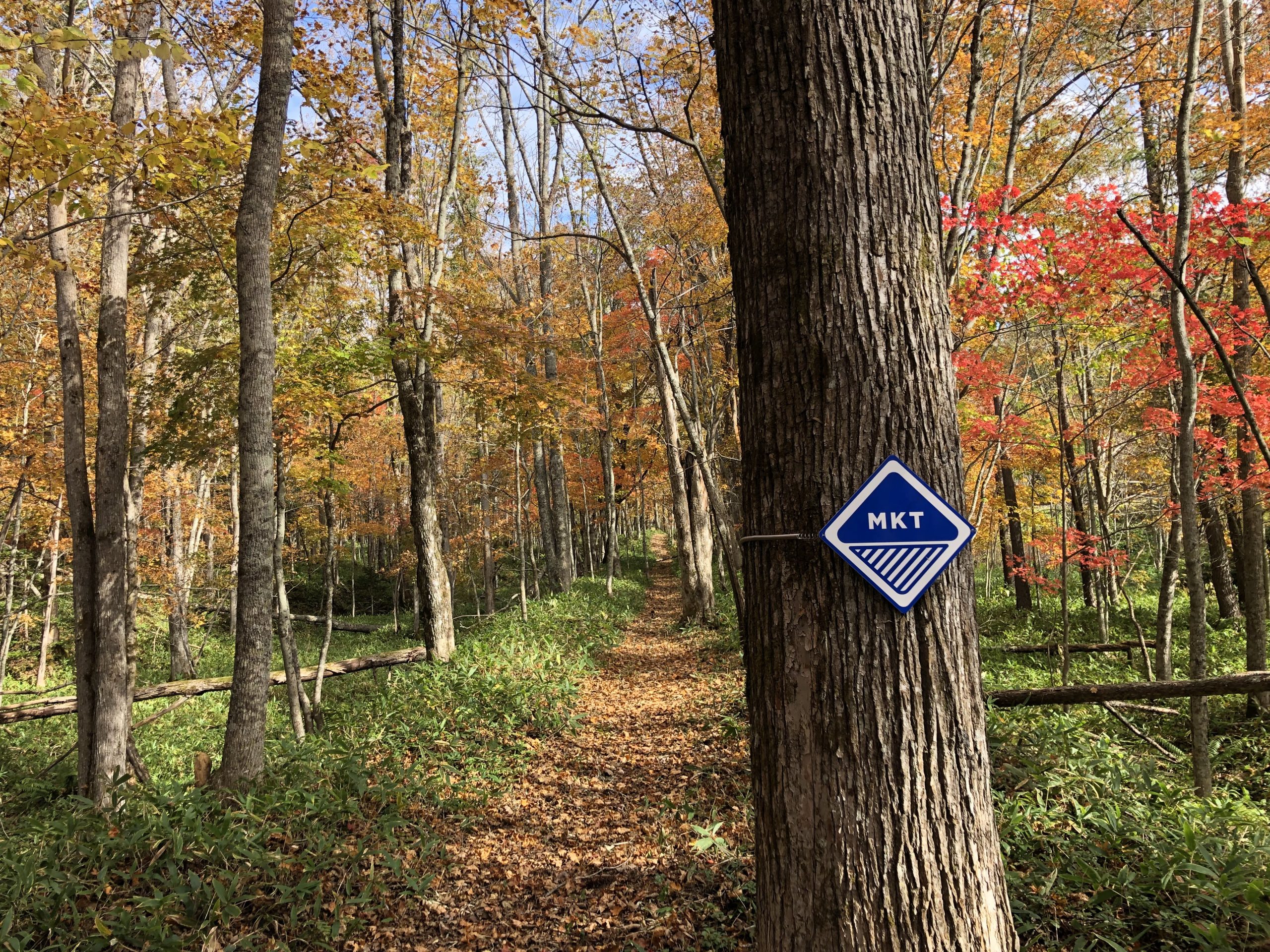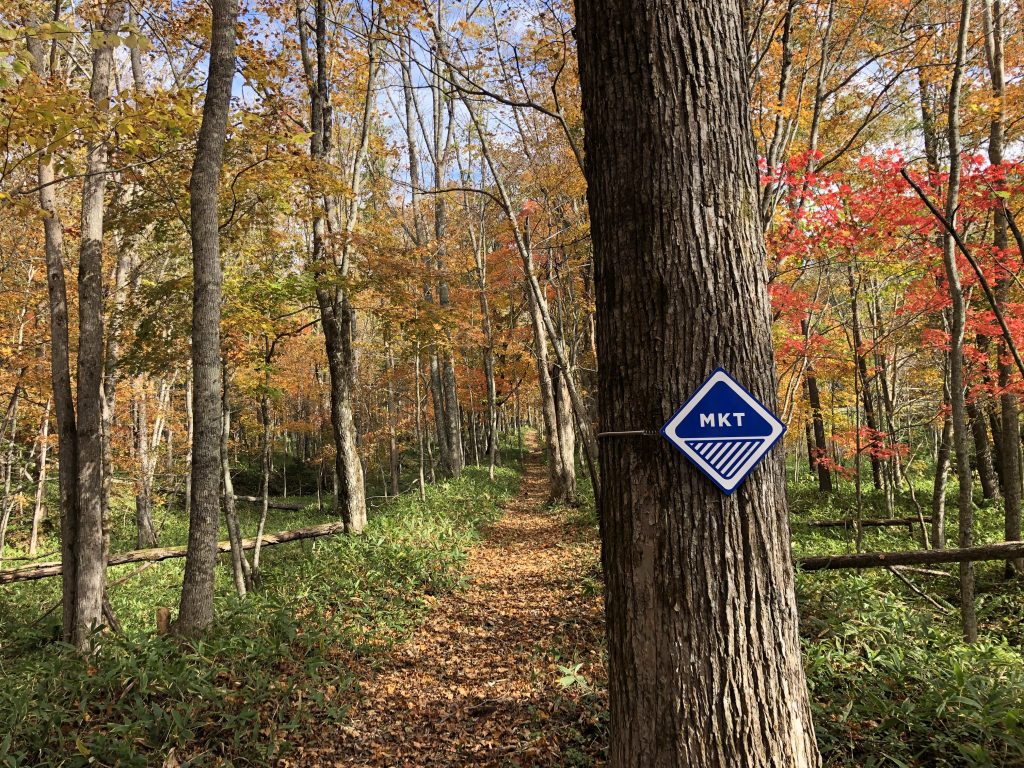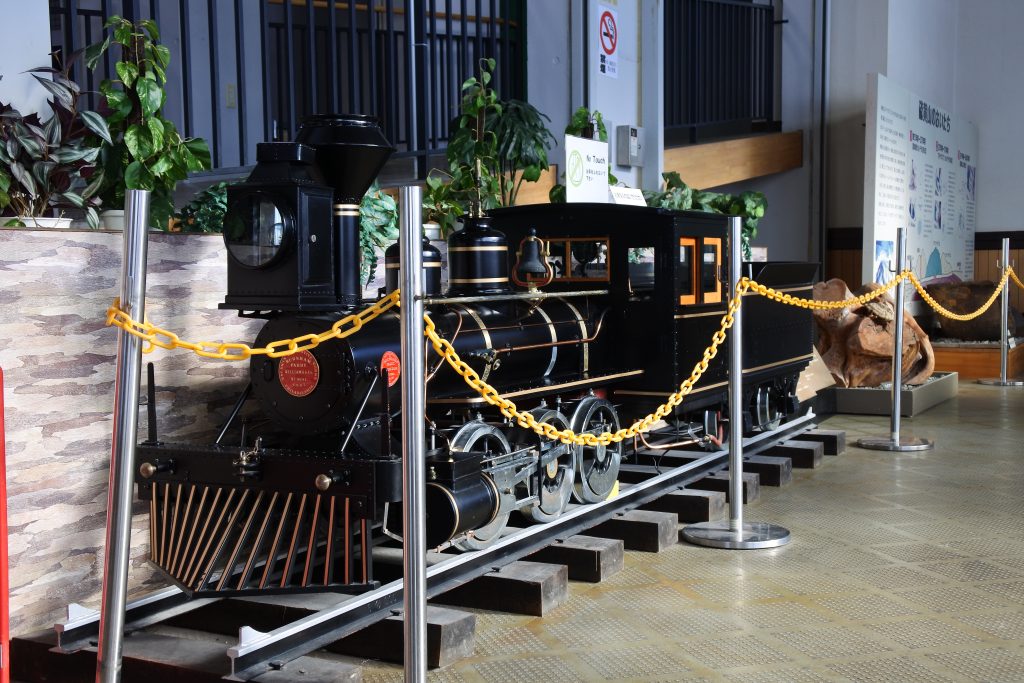
KUSHIRO RAILROAD
Kushiro Railroad
Sulfur mining was a major industry in the Kawayu area and contributed significantly to the development of the Kushiro region in the late nineteenth century. At the time, natural sulfur was a highly prized commodity used in many industries from manufacturing to commercial agriculture. It was also a key ingredient of gunpowder.
Ore was mined at Mt. Io (part of the Atosanupuri volcanic complex) then transported by rail to the refinery at Shibecha. The Kushiro Railroad was built specially for the sulfur industry and facilitated its growth by enabling large quantities of sulfur to be transported quickly, and cost-effectively. The ore was subsequently shipped out through the port at Kushiro.
Uncovering Kawayu’s industrial heritage
At one point the Mashu Kussharo Trail (MKT) follows the path of the old railroad, parallel to Route 391, for approximately 1.2 kilometers. The railroad tracks are gone, but the embankments remain, obscured here and there by vegetation. They are distinguished from natural banks by their uniform tops, which are minimally graded or almost level, and by their straight or gently curving course. The MKT continues around Mt. Io, close to steaming fumaroles yellow with sulfur deposits, and passes the Mt. Io Rest House, which has displays (in Japanese) about the railroad and the history of mining at Mt. Io, on the way to Kawayu Onsen.

Yasuda Zenjiro and the Kushiro Railroad
The Kushiro Railroad was built by Yasuda Zenjiro (1838–1921), an entrepreneur and industrialist who led the mining operations on Mt. Io between 1887 and 1901. The railroad opened in 1887 and ran approximately 40 kilometers southwards from Mt. Io to the main refinery in Shibecha.
Yasuda contributed significantly to the scale and profitability of mining operations at Mt. Io. He modernized operations by adopting more advanced techniques; his railroad replaced horse-drawn carts, which had previously been used to transport ore, and he replaced rowboats with steamboats on the Kushiro River to carry the refined sulfur from Shibecha to Kushiro. At the industry’s peak, the railroad transported more than 22,000 tons of sulfur per year.
The end of mining operations
By 1896 the sulfur ore reserves of Mt. Io were mostly depleted, mining became unprofitable, and the railroad was closed. Yasuda Zenjiro relinquished his mining rights at Mt. Io and ceased all mining operations. A 1:3 scale model of a locomotive that operated on the line is displayed at the Mt. Io Rest House, at the base of Mt. Io.
